Sony's RX1R III is an impossibly small full-frame premium compact – here's how it compares to the Leica Q3
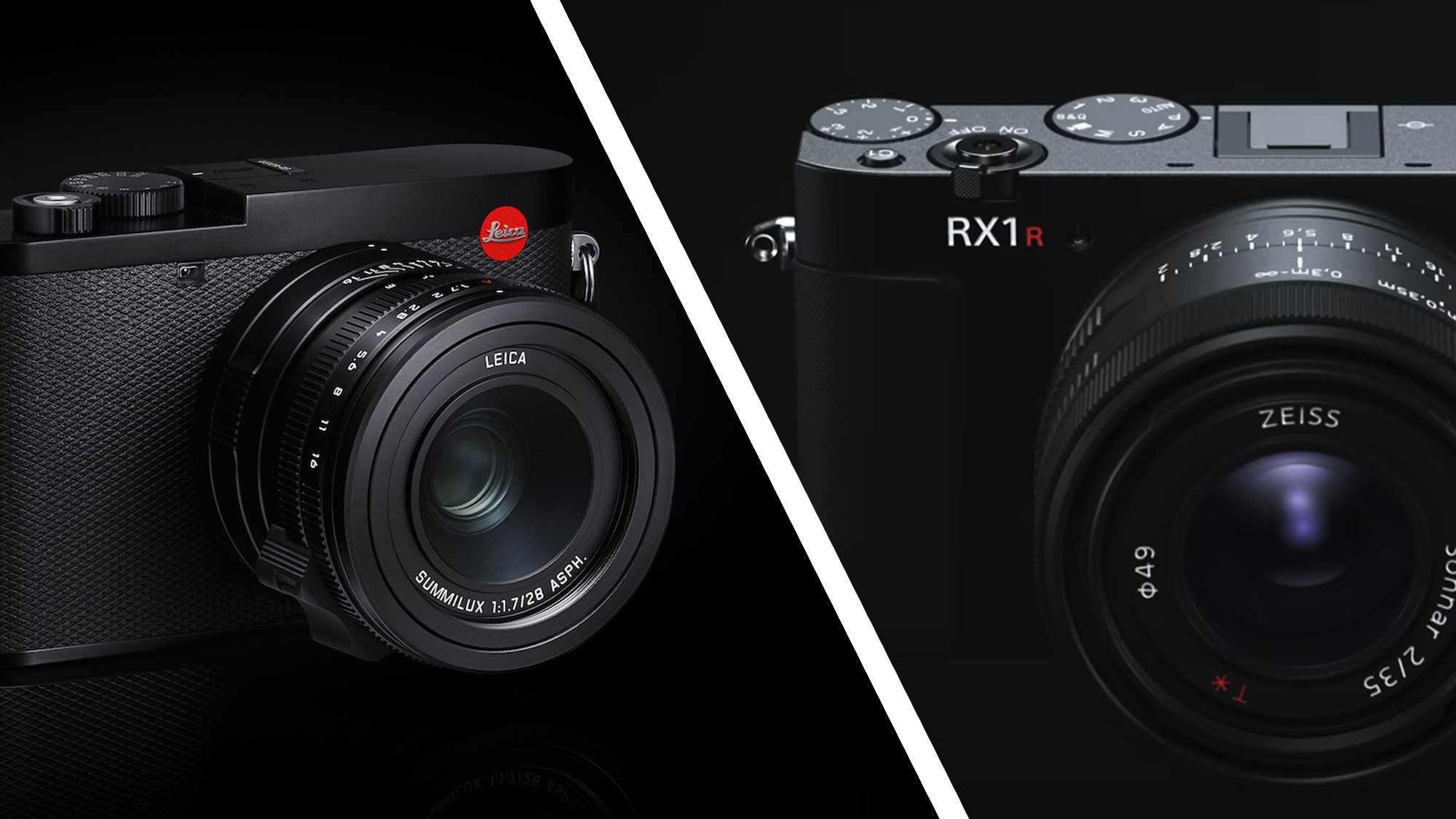
60MP stills, 8K video, a sharp and stabilized 28mm f/1.7 lens with macro focusing, minimalist design.
Featuring Sony's latest 61MP sensor, subject tracking autofocus, and a fixed 35mm f/2 lens, packed into a tiny body.
Sony suprised us all this week by reviving its series of full-frame premium compacts with the RX1R III, which comes 10 years since its second-gen predecessor. It looks like the ultimate every day camera, packing the same sensor and processor as the A7R V and A7C R, only in a compact body with fixed 35mm f/2 lens.
Naturally, the tech inside the latest model is better than back then, with highlight features including a 61MP sensor and superb autofocus skills. In other ways, however, very little has changed – there's the similar go small or go home design ethos which I love.
And the competition looks similar too, even if there's more of it. The RX1R III's direct rival is the Leica Q3, just as the Leica Q was to the RX1R II. There's also the Fujifilm X100 series still in the picture, with the X100VI being the latest model and one of the most popular cameras of all time.
I currently rate the Leica Q3 as the best premium compact camera, even with the Fujifilm GFX100RF medium-format compact on the scene. However, the Q3 now has a proper rival in the Sony RX1R III.
I'm yet to get my hands-on the RX1R III, but will be sure to do so for a proper test. In the meantime, I've poured over its specs to see if it could beat the Leica Q3, complete with my experience of the previous model and plenty of time shooting with the Q3. Let's take a look at the headline specs and where the two premium compacts differ.
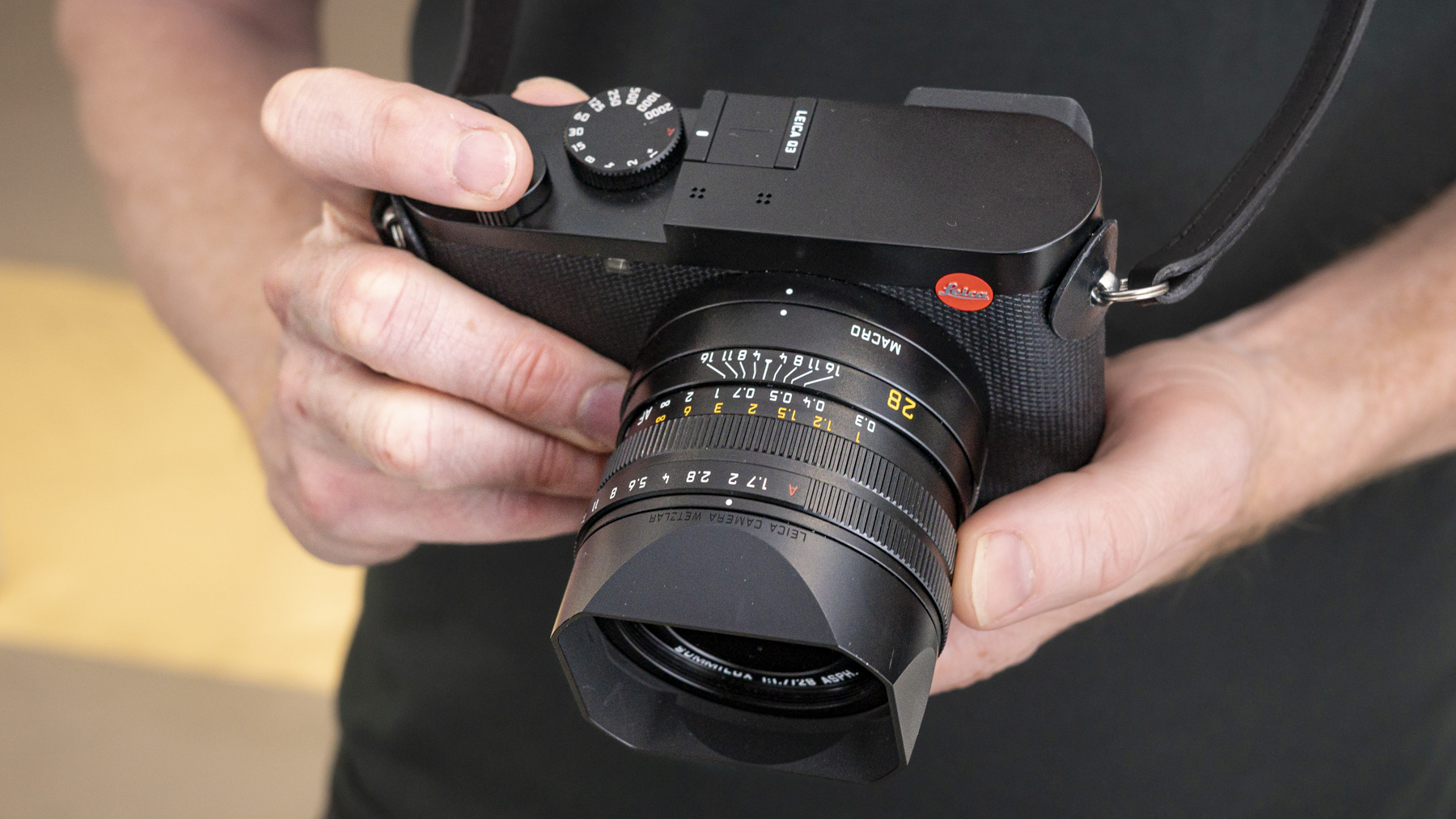
1. Price
- Sony RX1R III costs $5,098 / £4,199 / AU$7,999
- Leica Q3 costs $6750 / £5,550 / AU$9,790
At $5,098 / £4,199 / AU$7,999, the RX1R III has a marked price hike over the RX1R II, which cost $3,299 / £2,600 / AU$5,499 when it was launched in 2015. The same is true of the Leica Q3 though – to the same degree.
Leica has always been the priciest pick, but when it comes to this particular line of premium compacts, the price gap between the Sony and Leica offerings is less noticeable. Sure, the Leica model costs more (and it has increased in price in the US following tariffs).
Sign up for breaking news, reviews, opinion, top tech deals, and more.
That said, the RX1R III faces the same challenge that the RX1R II did: I don't think there's enough of a price gap to pick the Sony model over the Leica, and I think many people interested in this type of camera will be tempted to spend that little extra for the aspirational red dot. If you're splurging already, why not go for the Leica?
2. Design
- Sony RX1R III: 4.5 x 2.7 x 3.4" / 113.3 x 67.9 x 87.5 mm, 1.1 lb / 498 g (With Battery), fixed touchscreen, 2.36m-dot EVF
- Leica Q3: 5.1 x 3.2 x 3.6" / 130 x 80.3 x 92.6 mm (With Protrusions), 1.6 lb / 743 g (With Battery), 1.84m-dot tilt touchscreen, 5.76m-dot EVF
The Sony RX1R III maintains the compact dimensions of the RX1R II, and it does this despite packing an additional AI processing chip, and a larger capacity battery. It’s notably smaller than the Leica Q3, and one of the smallest full-frame compacts money can buy, especially with such a bright f/2 lens.
Sony has gone all-in with keeping the RX1R III as small as possible, and given this is a premium compact designed for every day photography, there’s merit in that. When I was shopping for a premium compact three years ago at the cheaper end of the market, I opted for the Ricoh GRIIIx rather than the Fujifilm X100V (Fujifilm's latest model at the time) because of its size, despite the compromise on features and performance. It easily fitting in my pocket made all the difference in how often I had a proper camera on me.
It’s the same story here – the RX1R III is smaller than the Leica Q3 (even if it's less pocketable than the GRIIIx), but the latter has more going for it design-wise. First, the Q3’s 3-inch 1.84m-dot rear screen is a tilt type, whereas the RX1R III’s 3-inch 2.36m-dot unit is fixed. I can already see the fixed screen design of the RX1R III topping my list of cons.
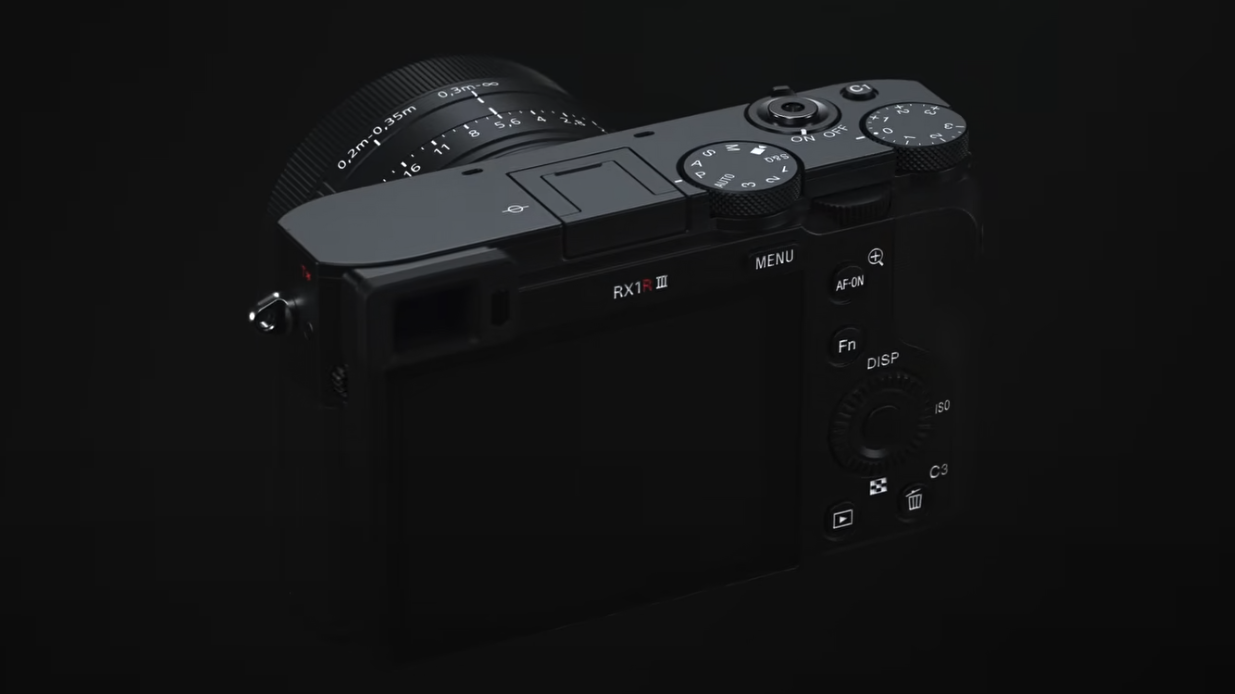
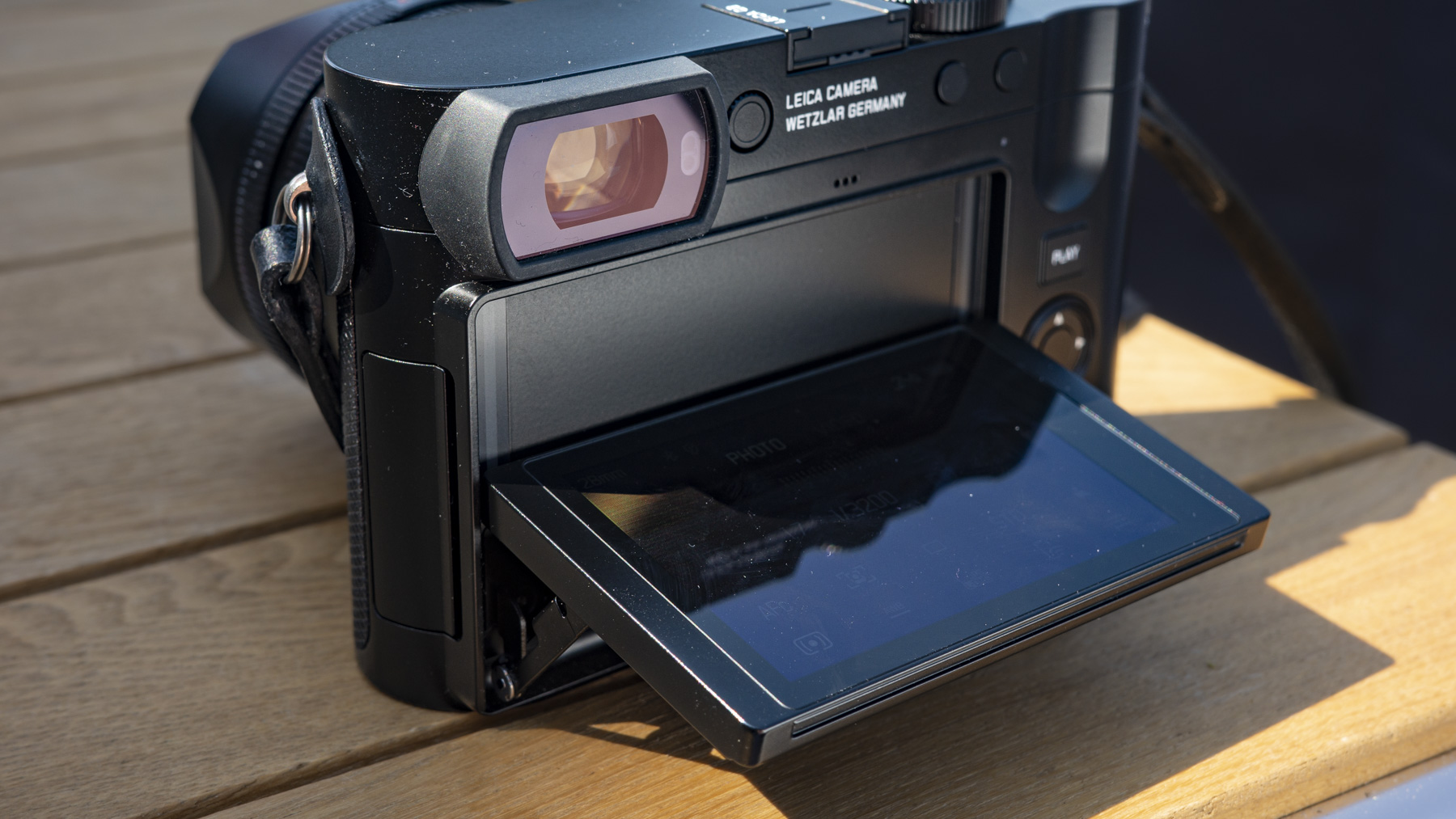
The same will no doubt be said of the RX1R III’s EVF, which is a modest 2.36m-dot type. The Q3, on the other hand, features a detail-rich 5.76m-dot EVF.
Not only is the RX1R III much smaller, but at around 500g, it's also roughly 50% lighter than the Q3. The Q3 is weather-sealed, though (being rated IP52, meaning dust- and splash-proof), plus I’m a fan of the Q3’s minimalist design and stripped-back menus.
The Q3 also features optical image stabilization (OIS), whereas the RX1R III does not. Image stabilization is a useful feature for high-resolution cameras like the RX1R III and Q3, because it minimizes the adverse impact of camera shake on photo quality and determines just how watchable handheld videos are. The lack of OIS feels like another strike against the RX1R III.
Battery life is pretty similar across both models, with the Q3 having the edge. The 300-shot life of the RX1R III, although modest, is a decent improvement over the RX1R II, plus there’s on-the-go USB-C charging now. I'd expect to get a day's casual shooting with either camera before needing to recharge.
3. Lenses
- Sony RX1R III: 35mm f/2 lens, the smaller of the two, 0.26x magnification
- Leica Q3: stabilized 28mm f/1.7 lens (the Q3 43 variant is a 43mm f/2 lens), 0.17m close focusing
The RX1R III features a 35mm f/2 lens – it’s the same as the one in the RX1R II. Meanwhile, the Leica Q3 has a wider 28mm f/1.7 lens. Depth of field at the maximum aperture of each lens is pretty similar, and so the big differentiator is focal length.
For street photography, I think Leica’s lens is the better pick, plus it’s aperture is a twinge brighter for low light. However, for on-location portraiture and closeups, I’d pick Sony’s. Really though, both lenses do the job in those scenarios and for reportage – focal length is a matter of taste.
Both lenses are equipped with a macro focusing setting – the RX1R III focuses down to 0.2m for a 0.26x magnification, while the Q3 focuses down to 0.17m. There’s slightly more compression with the Sony lens, which helps to isolate subjects a little better.
With so many pixels to play with, each camera includes digital crop modes which mimic tighter focal lengths; the RX1R III has a 50mm option for 29MP stills, plus a 70mm with 15MP. Meanwhile, the Leica offers 35mm, 50mm, 75mm and 90mm options, again with an incremental drop in resolution as you use the a more extreme crop.
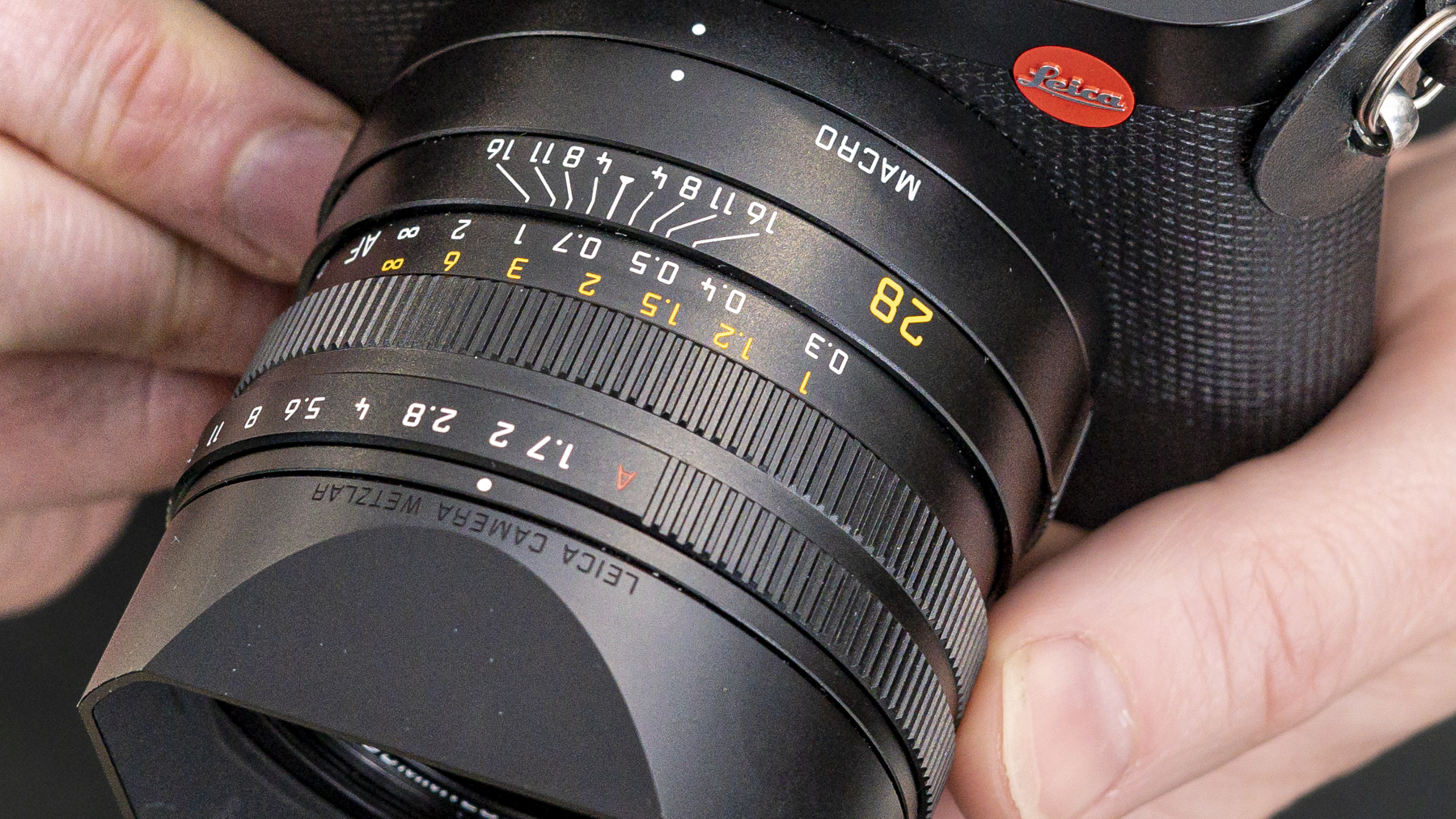
Note – there’s also the Leica Q3 43 available, which is identical to the Q3 save for its tighter 43mm lens. The Q3 43 is slightly pricier than the Q3.
Sony’s lens is physically smaller, and the overall package is way more portable than the Q3. That said, the Leica lens is stabilized.
Both cameras use a lens-based leaf shutter, which minimises camera shake and shutter noise during capture, and which unleashes versatile flash sync speeds. The bottom line is that you can use an external flash with either camera and the lens's maximum aperture because flash sync speeds are so quick – up to 1/2000sec.
Typical flash sync speeds in regular cameras top out at around 1/250sec, which is too slow a shutter speed when shooting with flash and a fast aperture. Bottom line – both cameras are decent options for flash portraiture.
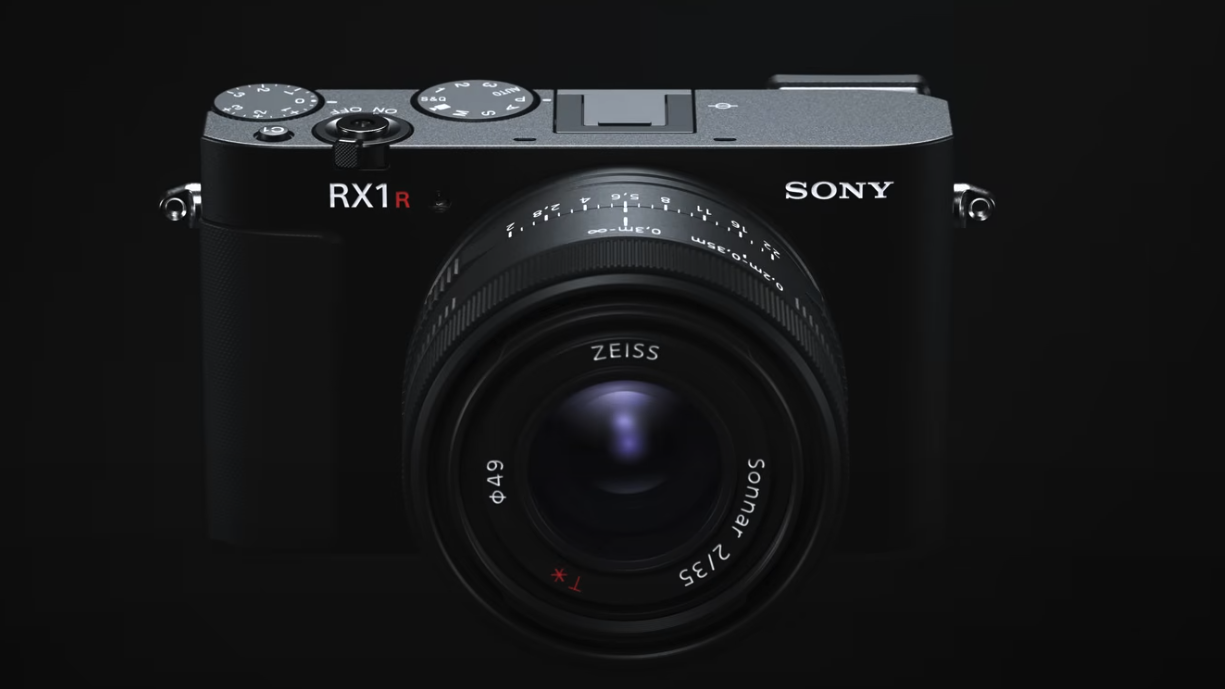
4. Features
- Sony RX1R III: 61MP stills, 4K 10-bit 4:2:0 video, superb subject tracking AF
- Leica Q3: 60.3MP stills, 8K and 4K 10-bit 4:2:2 video
Photo quality-wise, there's little to choose between the two cameras because they essentially use the same full-frame sensor. Each brand has its own color profiles, and Sony has added some lovely options since the RX1R II.
As one of the market leaders for video, you’d have thought that Sony would have the upper hand for video recording in this premium compact camera battle, but that’s not the case. Not only does the Leica Q3 record 8K and 4K video, but its best-quality 4K video codec is 10-bit 4:2:2, whereas the best offering from the RX1R III is 4K 10-bit 4:2:0.
Where the RX1R III will have the upper hand, based on my experience using the Q3 and the A7R V and A7C R extensively, is autofocus performance. It’s equipped with an AI processor that supports subject tracking autofocus for a wide range of subjects.
Despite decent video skills, which include excellent autofocus for video, if ever there was a photography-first Sony camera, it’s the RX1R III. The Q3 is also a heavy hitter for photography, but it's the more capable of the two if you shoot a lot of video.

Early verdict
The Sony RX1R III and Leica Q3 share many similarities, primarily that high-resolution full-frame sensor.
Overall, the Q3 is the more versatile option, with its tilt touchscreen, more detailed EVF, higher-resolution video recording, and slightly better weather-sealing. I dig its minimalist design, too, while its stabilized lens has a wider perspective, which is probably better suited for street photography and night shots.
Sony’s latest premium compact is much smaller, and if size means everything, then it’s clearly the better pick. That said, if camera size matters because you like being discreet, then the choice is less clear: waist-level shooting is a super subtle shooting technique, and it is easily done using the tilt touchscreen of the Q3. With the RX1R III, you're shooting blind with this technique because the screen is fixed.
Personally, I’m really disappointed that the RX1R III’S screen is fixed, especially when the RX1R II has a tilting screen, plus its EVF sounds dated.
The RX1R III costs less than the Q3, but the price gap is less here than in other Leica / Sony rivalries. And with the A7C R costing 30% less than the RX1R III, you might even be better off going for the E-mount sibling paired with a cheap 35mm lens as an everyday camera.
I’m following my gut here, not having used the RX1R III, but I think the Sony model's compact size could seal the deal over the Q3, despite the latter's seemingly superior specs in many areas. Look out for more of my coverage once I've had the RX1R III in hand.
For a full run-down of the specs, check out this useful comparison at B & H Photo.
You might also like

Tim is the Cameras editor at TechRadar. He has enjoyed more than 15 years in the photo video industry with most of those in the world of tech journalism. During his time as Deputy Technical Editor with Amateur Photographer, as a freelancer and consequently editor at Tech Radar, Tim has developed a deeply technical knowledge and practical experience with cameras, educating others through news, reviews and features. He’s also worked in video production for Studio 44 with clients including Canon, and volunteers his spare time to consult a non-profit, diverse stories team based in Nairobi. Tim is curious, a keen creative, avid footballer and runner, and moderate flat white drinker who has lived in Kenya and believes we have much to enjoy and learn from each other.
You must confirm your public display name before commenting
Please logout and then login again, you will then be prompted to enter your display name.